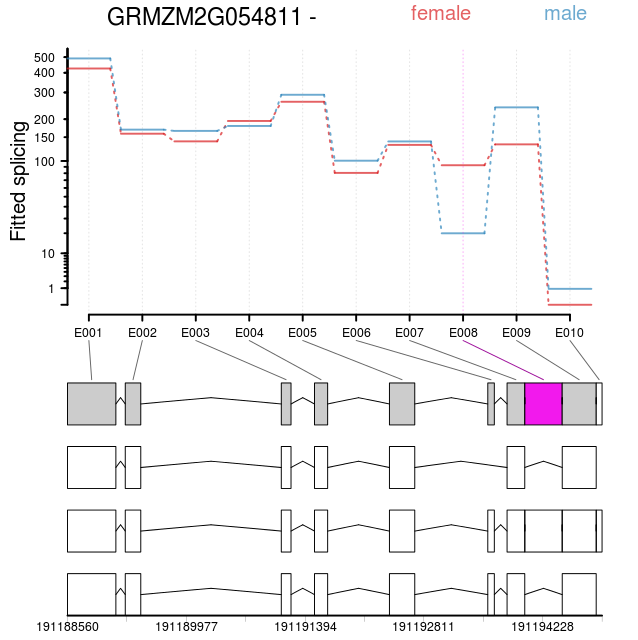No chance of getting actual funding, just a silly course I signed up for this semester before I realized how crazy everything was going to be between TAing, trying to teach myself how to make RNA-seq libraries, and at least half a dozen collaborations (all of them urgent). I’ve been writing and analyzing and figure making for the past two days straight and turned in my final grant proposal at 10:50 tonight with a good 70 minutes to spare.
And all I can say is….
what a rush! This is why I love what I do for a living. Two days of improvising and lit-searching and throwing different approaches against the wall to see what would stick. And at in the last 24 hours I finally managed to turn my proposal into a project I would actually enjoy carrying out.
The only problem is that now I kind of want to spend next weekend doing the same thing. Ideally with a shot at actually getting some cash if I successfully sold people on the value of my research. It’s been a couple of months but I’ve finally been re-bitten by the science bug! Speaking of which, I should wrap this up. My alarm is set for 7 AM tomorrow so I can get to lab in time to squeeze in an RNA extraction before class. I’m taking yet another shot at building a proper sequencing library. Wish me luck!
